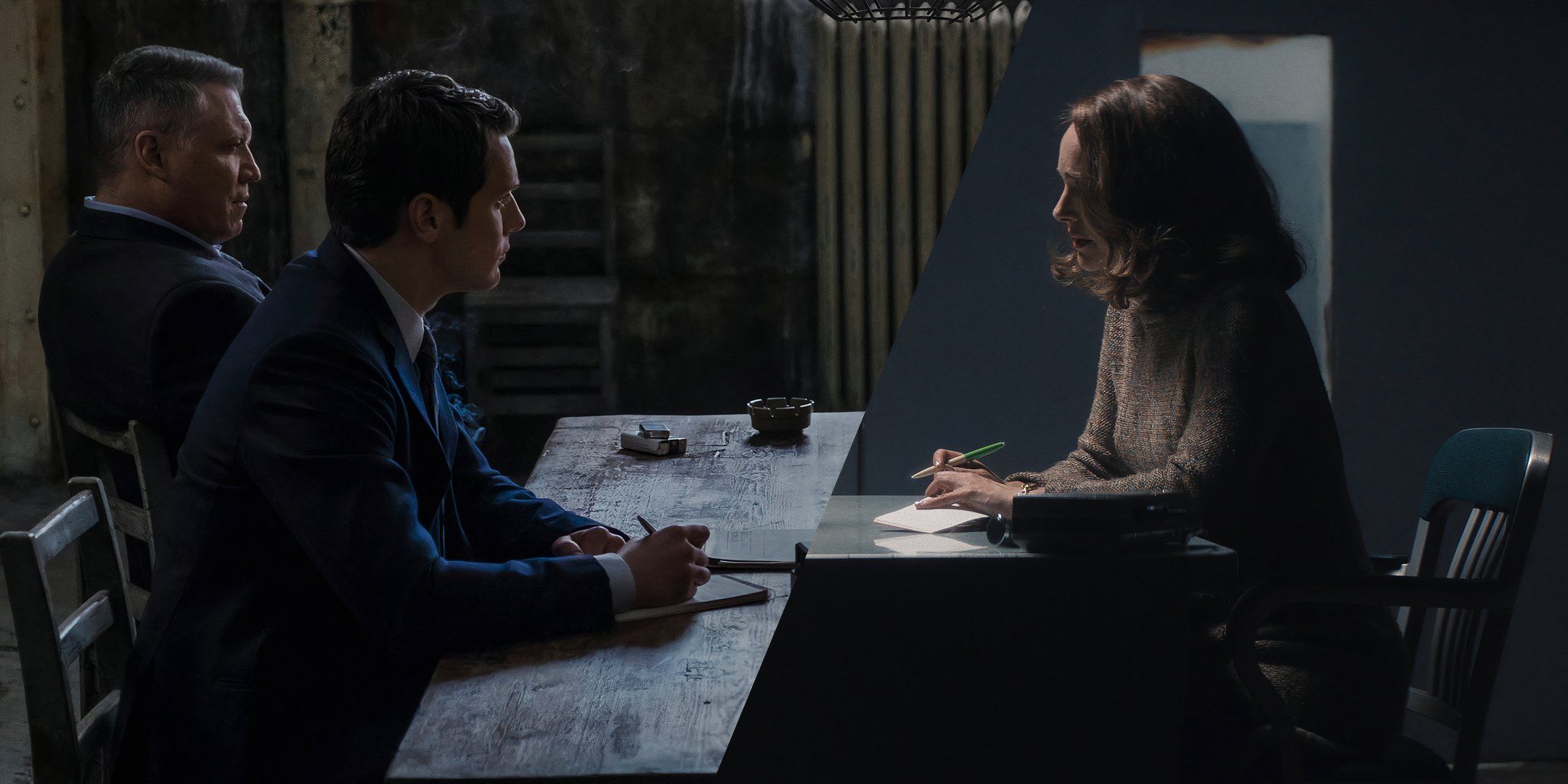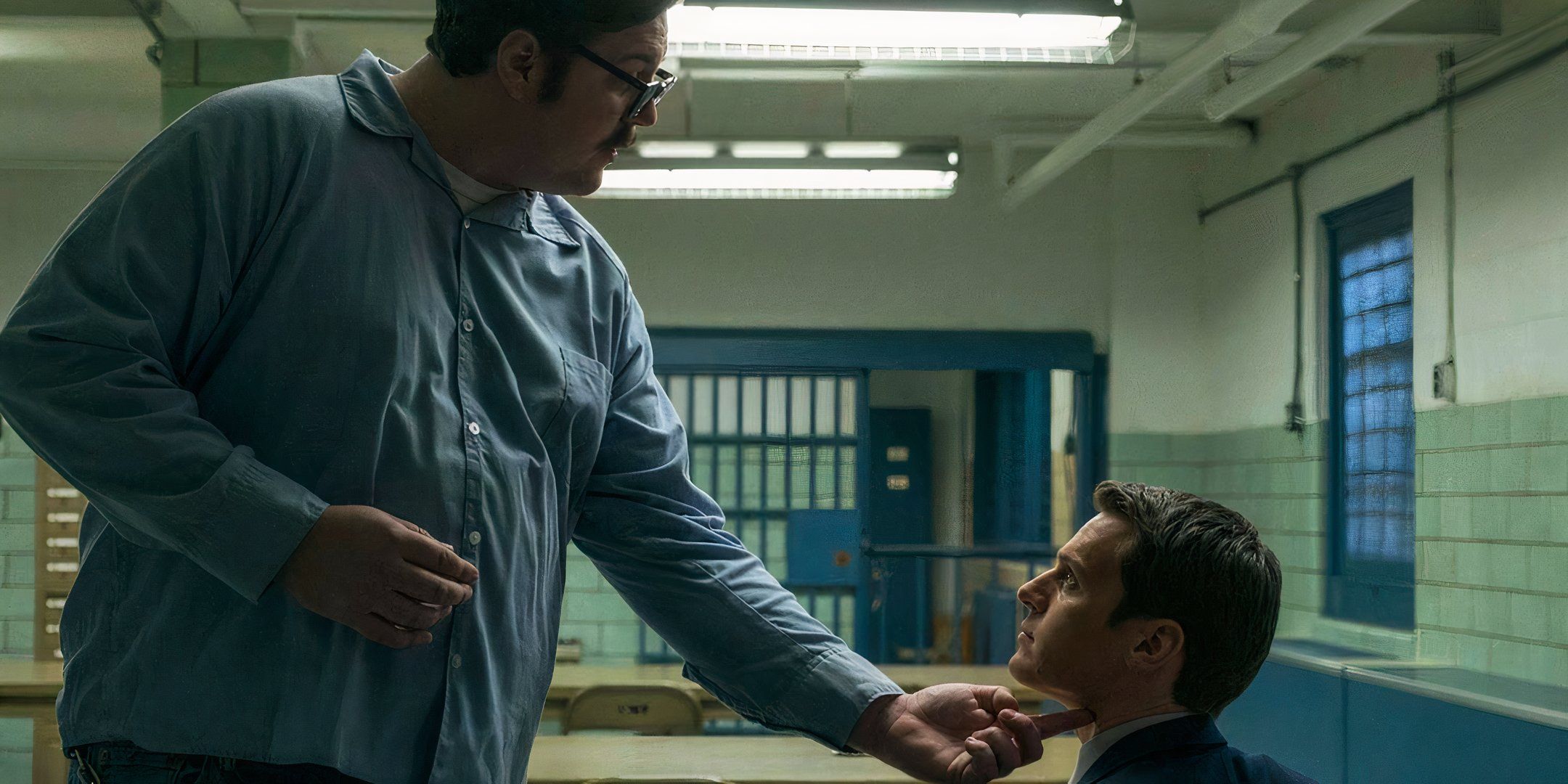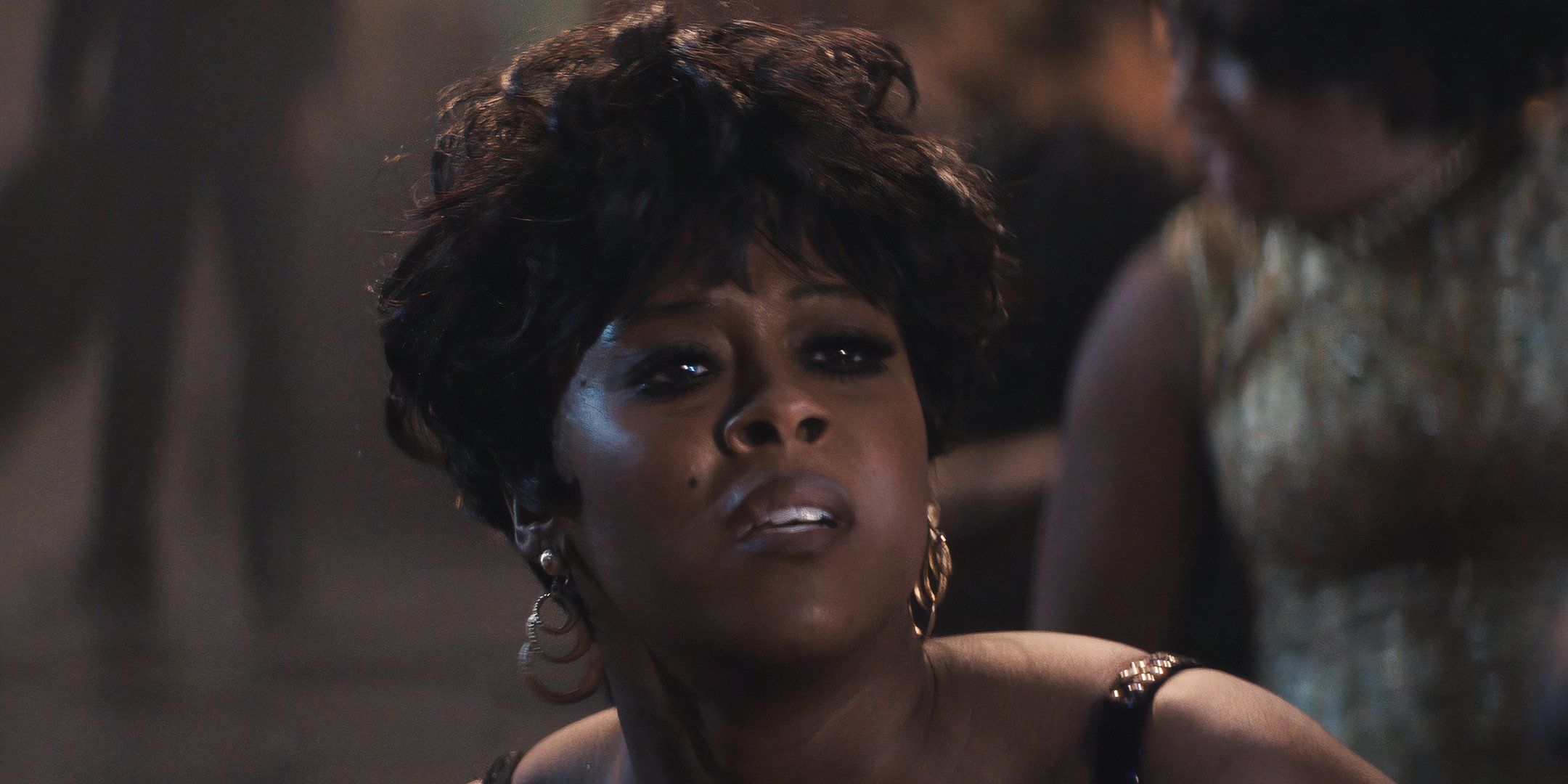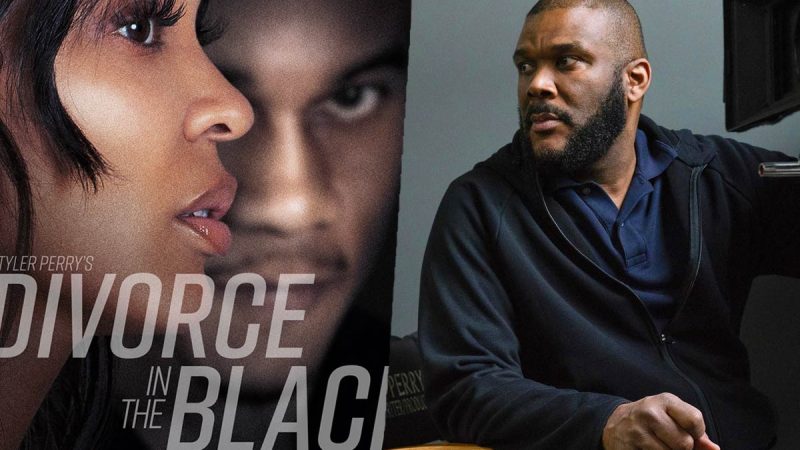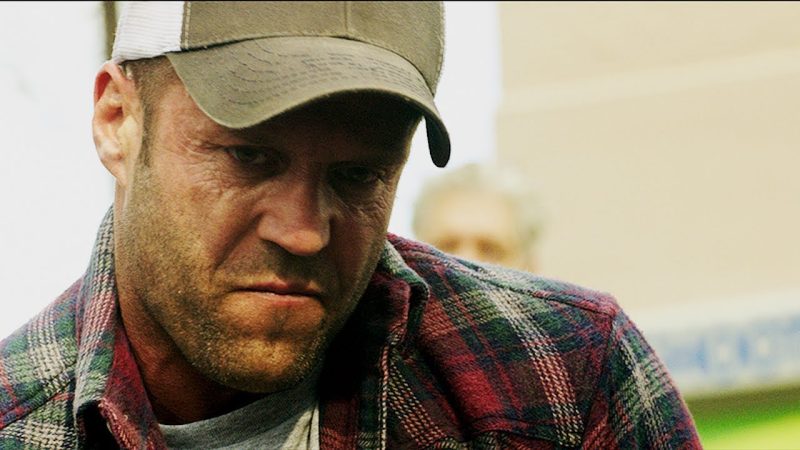Apple TV+’s Lady in the Lake: A Worthy Successor to Mindhunter Season 3
Set in the 1960s, Lady in the Lake revolves around Maddie Schwartz (played by Portman), a journalist investigating the mysterious drownings of eleven-year-old Tessie Durst and bartender Cleo Johnson. Much like Mindhunter, Lady in the Lake is inspired by true stories and delves into the murky social and political waters of the mid-20th century. Both series present not just crimes but also the societal context in which these murders occur, with Mindhunter focusing on the birth of the FBI’s criminal profiling unit and Lady in the Lake tackling issues of race and women’s liberation.
A Stylish Crime Drama with Substantial Depth
Viewers will immediately notice the retro settings of Lady in the Lake, which give it a cool, stylish feel reminiscent of Mindhunter. The show is packed with period-appropriate soundtracks and visuals that ground the narrative in its time. Like Mindhunter, Lady in the Lake uses its music not just for atmosphere but as a narrative tool. While Mindhunter made famous use of songs like Led Zeppelin’s “In the Light” during key emotional moments, Lady in the Lake follows suit with its creative soundtrack choices that enhance the show’s tense, moody scenes.
More than just a visual treat, Lady in the Lake shares Mindhunter’s introspective tone, asking tough questions about the nature of crime investigation and its impact on the investigators. In Mindhunter, Holden Ford’s commitment to his revolutionary profiling techniques blinds him to their flaws, leading to ethical and personal conflicts. Similarly, Maddie Schwartz’s pursuit of Cleo’s killer becomes intertwined with her own journalistic ambitions, raising questions about exploitation and the ethics of using someone’s tragedy for personal gain. In one haunting moment, Cleo’s narration directly addresses this tension, accusing Maddie of dragging her “dead body” into the spotlight to fulfill her own dreams.
Rooted in Real Life Crime Stories
Both Mindhunter and Lady in the Lake take their inspiration from real-life crime stories, giving the shows a grounded, authentic feel that adds to their intrigue. Mindhunter introduced audiences to real-life serial killers, casting eerily accurate actors to portray infamous figures like Ed Kemper and Charles Manson. In contrast, Lady in the Lake dives into the complexities of investigating the disappearances of vulnerable individuals in a racially charged 1960s Baltimore. Moses Ingram’s portrayal of Cleo Johnson adds emotional weight to the series, and her expanded role from the Laura Lippman novel has been one of the most praised aspects of the show.
While Mindhunter took a deep dive into the psychology of killers, Lady in the Lake focuses more on the sociopolitical landscape surrounding the crimes. The series confronts the racial tensions and the women’s liberation movement head-on, exploring how these intersect with the characters’ motivations and decisions. Mindhunter touched on similar themes, particularly in its depiction of the Atlanta child murders in season 2, but Lady in the Lake makes these issues central to its story.
A Worthy Successor
Though Lady in the Lake has not yet reached the same level of critical acclaim as Mindhunter, its execution and performances, particularly by Natalie Portman and Moses Ingram, have earned high praise. With a 76% rating, the miniseries has made an impressive debut, especially considering it has far fewer episodes than Mindhunter. It may not have achieved unanimous acclaim, but it tackles ambitious subject matter with sensitivity and nuance, making it a great choice for viewers mourning the loss of Mindhunter’s canceled third season.
In conclusion, while Mindhunter may be gone, Lady in the Lake offers a stylish, thought-provoking crime drama that fills the gap left by Fincher’s beloved series. Both shows dig beneath the surface of their crime stories to explore the deeper human and societal issues that drive them, making Lady in the Lake a worthy successor for fans of prestige true crime drama.
